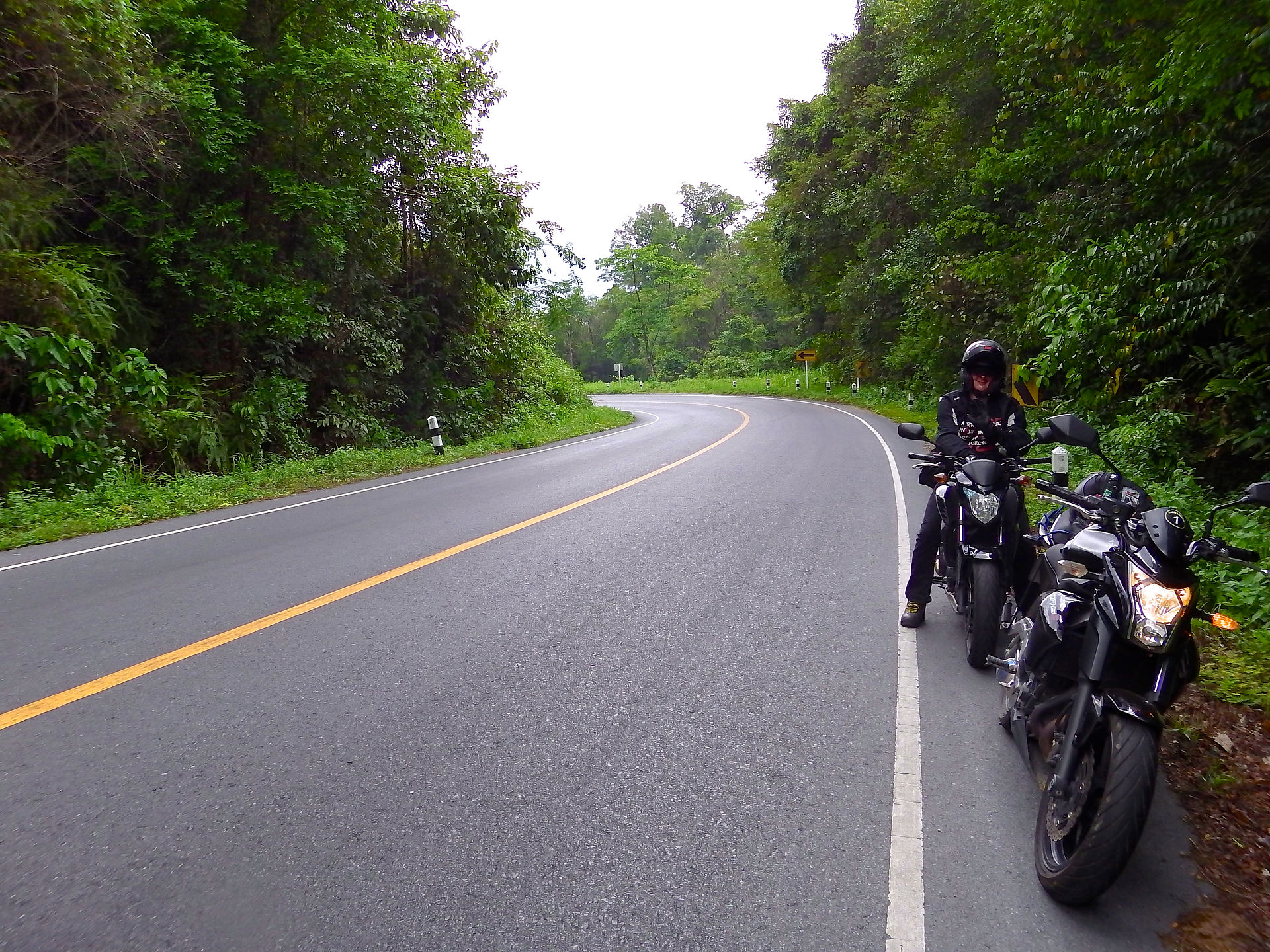
Below are listed examples of the three stages of training that we have used in the UK for the past forty years.
Although the *Star Rider scheme has long since gone, the basis of the three stages has continued with Bronze - CBT. Silver - Test and Gold - Advanced standards still used today.
Bronze Star
Motorcycle Rider Course precis
For novice riders looking to start riding a motorcycle.
Section one
Informal “get to know” session discussing aims and experience.
The importance of correct equipment and clothing.
Site safety.
Section two
Familiarisation with machine.
Use of brakes,
Counter steering effect,
clutch and throttle control,
Section three
Off-road machine handling,
Pulling away and stopping,
Turning left and right,
Fig 8 slow control
Section four
practical:-
Pre road ride simulations
Practicing left and right turns with observations and signals
Classroom:-
interactive talk on road signs and road rules.
The science of being seen.
How to ride defensivly and predict the actions of others.
Section five
Practical on road riding:-
Taking riders out into local area and supporting them through as many different common road situations as is possible.
Road riding brief, safety guidelines and group riding advice.
Normally finding quiet road senarios to start with, then building up to more difficult major roads as experience builds.
Emergency stops at faster road speeds.
Section six
Course debrief
The need for further training
Ongoing support available.
Bronze star pass certificate to show course completion.
Silver Star
Motorcycle Rider Course Precis
For experienced riders looking to improve their skills.
Section one
Informal “get to know” session discussing aims and experience with new clients.
Update riding experience post “Bronze” course if previous clients.
The importance of correct equipment and clothing (If not previously covered in a bronze course)
Site safety.
Section Two
Off road practical skills:-
Gymkhana based skills for machine handling at various speeds.
Emergency stops
Cornering and braking – hazard avoidance.
All round observations practice.
Practice of positioning, observations and signals as on road.
Classroom skills:-
Rules of the road.
Science of being seen,
Predicting the actions of others,
positioning for safety,
How to deal with accidents,
No Surprise / No Accident
Group riding and emergency procedures.
Section Three
Road Riding:-
This is the main focus of the training.
It is best done with a maximum Instructor/Novice ratio of two novices to one Instructor.
A minimum of two hours road riding, but can be extended to days depending on level of training required.
A route selected to include as many different road scenarios as possible.
Time spent repetitively practicing with guidance and support from the instructor.
Also including faster roads and cornering through a variety of bends.
Advanced stopping and hazard avoidance skills.
Section Four:-
Course debrief
What next
The importance of continuous improvement.
Award of Silver Star certificate of standard and offer of continuous group support.
Gold Star
Motorcycle Rider Course Precis
For experienced riders wanting to advance their skills further to Police/Instructor level.
Section one
Informal discussion on current skills experience.
Expectations of the course.
Get to know session.
Site safety.
The physiology of riding and teaching others.
Leading by example.
Section two
Sharing advice on how to teach basic skills,
How to help others start and learn safely.
Making sure clients are familiar with all aspects of the Bronze and Silver course training
and can demonstrate that they can share these skills with others.
Running group scenarios to encourage learning and demonstrate skill gaps.
Team building and student empathy.
Section three
Classroom discussions on:-
Understanding risk and safety differently.
The science of being seen,
Controlling group riding.
How to deal with crisis situations,
Motorcycle specific first aid training. IE Safe removal of helmets post accident.
No Surprise / No Accident
The psychology and responsibility of being an Instructor/Ambassador.
Section four
Advanced road riding, running through a large range of real world road scenarios.
Discussing the benefits of different road positioning.
Advanced prediction and awareness skills, a demonstration of the ability to react dynamically to a changing situations.
Understanding the psychology of the real world road environment, the limitations of other road users and being able to react calmly and promptly in a crisis.
Section Five
Supervised instruction of others.
Help with continuous learning and support through network.
Award of Gold Star Instructor with a proviso that it’s conditional to keeping standards maintained.
The above rider training courses are designed to be offered by training schools looking to train riders in a structured manner. But often post test training to the individual is specifically tailored to their requirements. Bespoke training targeting a riders individual needs is crucial as group sessions often fail the very riders in need of support.
Currently across much of Asia rider training is conducted in off-road training facilities with large groups. There is now much evidence that says this sort of approach fails to develop the skills riders need to survive in the real world road environment.
90% of all UK Rider Training is done on public roads with a maximum ratio of two novices to one Instructor.
Please contact us if you would like to discuss specific training requirments.